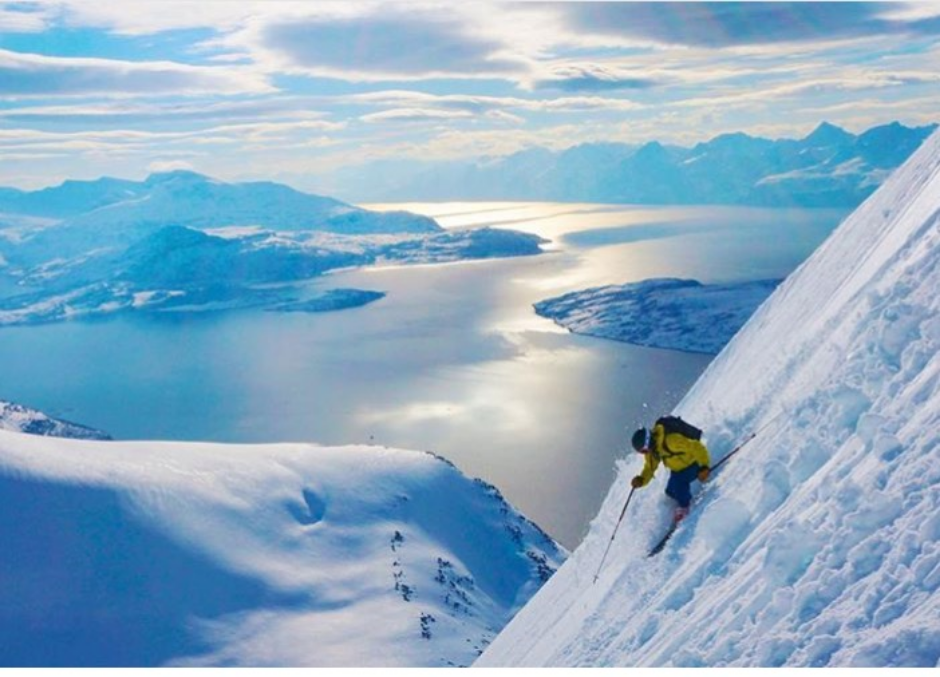THINGS TO CONSIDER BEFORE BUYING THE BEST WOMEN SKI BOOTS

If you follow the instructions in this buying guide, you can immediately narrow down the list of ski boots on the web portal to the perfect pair. So let’s dive in.
DIMENSIONS
The system for measuring ski boots is known as World Point. On the basis of this measuring system, manufacturers produce sleeves and liners for ski boots.
You have to be very careful with the size as it can awaken or break your skiing ambition.
LATEST
The following applies: the higher the boot, the narrower the shape/width. This is done so that beginners/novice skiers feel more comfortable. The latter is between 98 mm and 106 mm.
Cell level
One surefire way to filter shoes is to use a smart measure. So before you buy the best ski boots for women, you need to know where to find space in the ski food chain.
WHY?
There are many ways to ski, and based on this selection, ski boots are designed with options that meet specific needs.
Such as alpine ski boots, freestyle jogging and jogging shoes, alpine tourist shoes for skiing and hiking.
ARKO
As for the flex of an experienced rider, there is a stiffer flex. The stiffer the shoe, the faster it reacts to every little movement.
Now you understand why beginners are never advised to choose stiffer boots as they require technique and strength.
SKI / HIKING / HIKING FUNCTION
This triple is almost always available for ski boots of all skill levels. However, you must ski and ski/hike.
This function is included in the ski/tour for entry-level and medium-sized women’s ski boots.
As the interest in cross-country skiing and cross-country skiing has grown, many manufacturers have decided to increase it and have now brought a ski/walk function onto the market.
This allows cyclists to easily climb the hill and then go skiing.
Frequently asked questions – FAQs
Q) WHY DO I HAVE TO SAXONY WORKING DUST?
There are many factors that should be considered when purchasing women’s ski boots, such as experience, preferred skiing style, weight, etc.
Only a professional bootloader can find a suitable match after weighing all of these variables.
Q) Do I have to heat my ovens?
It depends, are you really used to adjusting? If yes, yes. Because of the uniqueness of each person’s foot, there is a need for thermoformed insoles that fit them.
Q) HIKING / RIDING SHOES. WHAT ARE YOU?
Normal boots have very limited freedom of movement at the ankle because they have a tight cuff.
In contrast, hiking/riding shoes offer a lot of freedom of movement when walking and make walking or hiking easier.
Q) DO ALL SKI GLOVES WORK WITH ALL LIMBS?
The short answer is no.
Ski boots must meet the required standards, the most important of which are ISO 5355 (for downhill boots) and ISO 9523 (alpine tours).
These are traditional standards, there are two fairly new ones, and both are based on ISO9523.
One is WTR (Walk to Ride) boots for WTR links, the newer is Grip Walk.
The Grip Walk should only be used with compatible bindings or multi-level bindings that also work with Grip Walk soles.
Q) How many types of links are available?
Similar downhill links, also known as alpine links, are widely used.
Alpine travel ties, these ties are divided into two further categories.
Linked to the AT framework
Technical league.
Q) SKI BOOTS WITH ENVIRONMENT AND EXPERIENCE. IS THERE A DIFFERENCE?
Seasoned boots are more performance and precision-oriented, so they tend to be stiffer, thinner with a thin lining.
In contrast, medium-sized boots are more geared towards comfort.
CONCLUSION
It’s an envelope! Hopefully, you have found the best women’s ski boots that you have been looking for in our segment.
Before you buy, be sure to follow ski boot buying instructions and prices to get the best shoes.
So what are you waiting for, get out there and ski!




